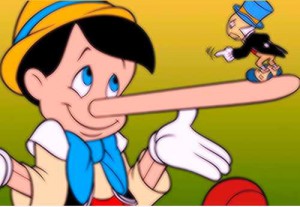 Science, Art and Ethics are three whales that support the integrity of the contemporary world, which is characterized by the expansion of the reality, by the expansion of consciousness and the expansion of the semantic boundaries of reality. Perhaps during the late Middle Ages, Science was inextricably linked with Art (alchemy books, for example).
Science, Art and Ethics are three whales that support the integrity of the contemporary world, which is characterized by the expansion of the reality, by the expansion of consciousness and the expansion of the semantic boundaries of reality. Perhaps during the late Middle Ages, Science was inextricably linked with Art (alchemy books, for example).
However, from the beginning of the Renaissance, Science became a different way of perceiving the world. New Time has fixed the distinction between Science & Art at the methodological level, introducing natural science methods of cognition, such as observation, experiment, rationality and objectivity and contrasting it to sensuality, subjectivism and imagination reigning in Art.
Recent years investigations show that there are more similarities between artists and scientists than is commonly believed. They are united by the desire to understand our world, describe it and interpret it. Imagination or the image of this future world is often the innovative principle that develops science, despite the fact that the artist depicts the beauty of this world in works of art, and the scientist expresses this world in words and equations.
Both are driven by the desire for an idea that exists only in the head and is the result of imagination. There is always an idea that is inaccessible to immediate contemplation, but realized through the symbol in the production. Lotman suggested that Symbol is not only a bridge from one level of being to another, but a certain point of contact between the real and the virtual, the reality and the supra-reality, the earthly and the higher, in addition – the bridge that connects the epochs.
The phenomenon of “open secrets” lies in the supra-rational combination of the unconnected. The symbol is open to understanding, but its interpretations are endless, fundamentally inexhaustible. Art & Science is designed to incorporate art education into the training of future scientists. New knowledge, interpretation of symbols transforms behaviour by establishing aesthetization of the reality with the coexistence of a living body and mechanism.
Created by Dvoretskaya Ekaterina
